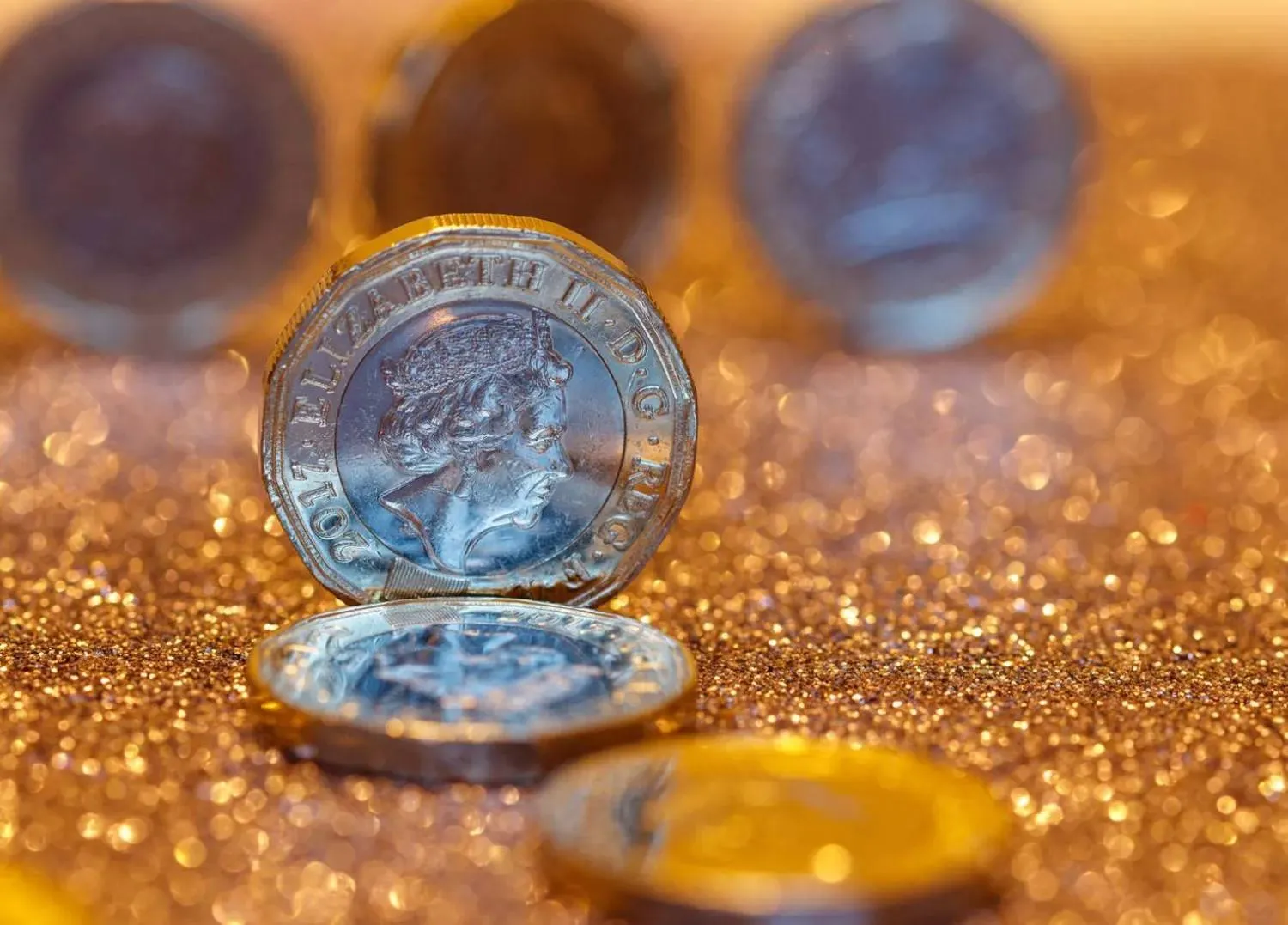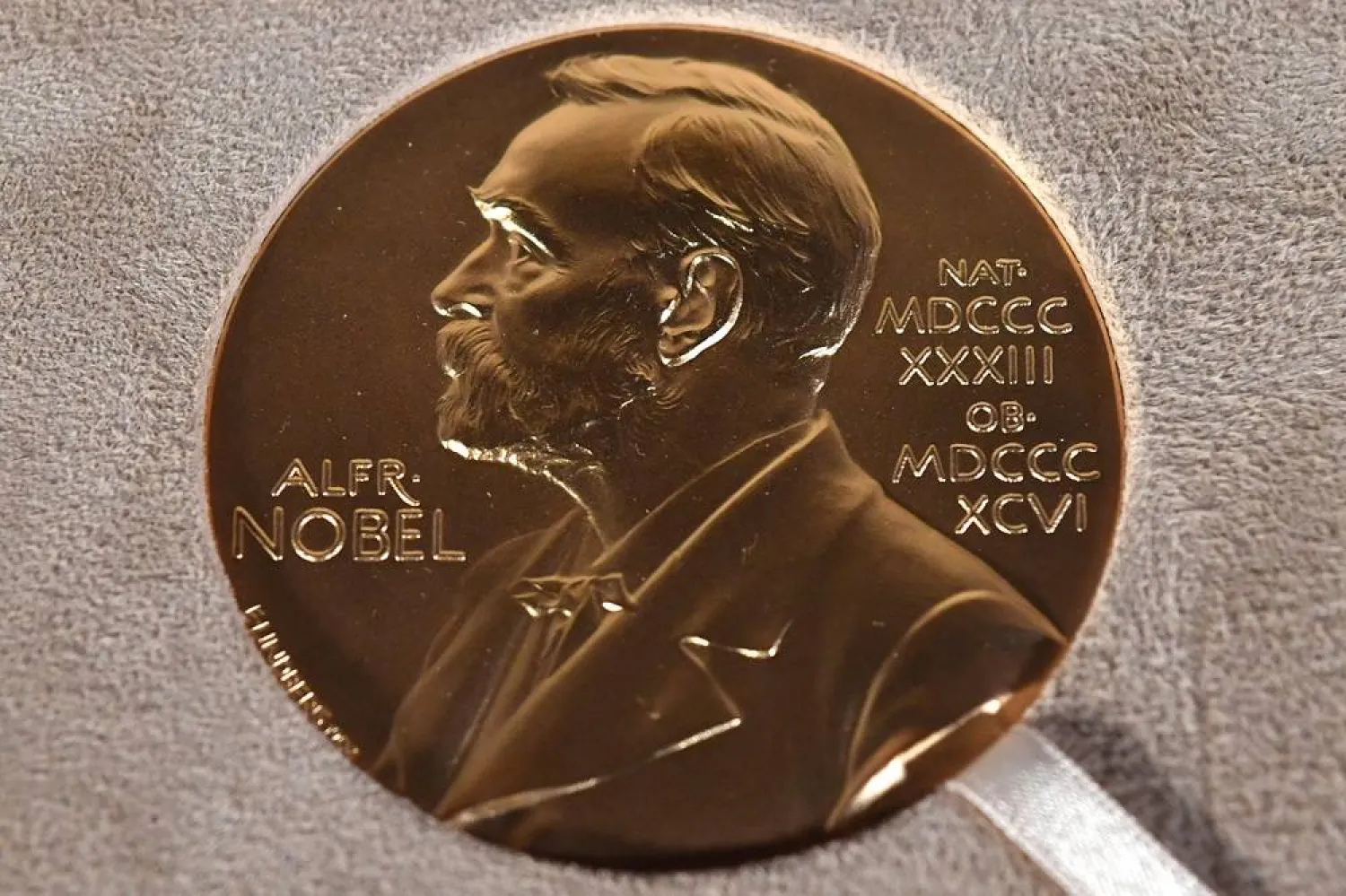An Australian firefighter was killed overnight after he was struck by a tree while trying to control a bushfire that had destroyed homes and burnt large swathes of bushland north of Sydney, authorities said on Monday.
Emergency crews rushed to bushland near the rural town of Bulahdelah, 200 km (124 miles) north of Sydney, after reports that a tree had fallen on a man. The 59-year-old suffered a cardiac arrest and died at the scene, officials said.
Prime Minister Anthony Albanese said the "terrible news is a somber reminder" of the dangers faced by emergency services personnel as they work to protect homes and families.
"We honor that bravery, every day," Albanese said in a statement.
A fast-moving fire over the weekend destroyed 16 homes in New South Wales state's Central Coast region, home to about 350,000 people and a commuter region just north of Sydney.
Resident Rouchelle Doust, from the hard-hit town of Koolewong, said she and her husband tried to save their home as flames advanced.
"He's up there in his bare feet trying to put it out, and he's trying and trying, and I'm screaming at him to come down," Doust told the Australian Broadcasting Corp.
"Everything's in it: his grandmother's stuff, his mother's stuff, all my stuff - everything, it's all gone, the whole lot."
Conditions eased overnight, allowing officials to downgrade fire danger alerts, though the weather bureau warned some inland towns in the state could hit more than 40 degrees Celsius (104 Fahrenheit) on Tuesday, raising fire dangers.
More than 50 bushfires were burning across New South Wales as of Monday.
On the island state of Tasmania, a 700-hectare (1,729 acres) blaze at Dolphin Sands, about 150 km (93 miles) northeast of the state capital of Hobart, destroyed 19 homes and damaged 40. The fire has been contained, but residents have been warned not to return as conditions remain dangerous, officials said.
Authorities have warned of a high-risk bushfire season during Australia's summer months from December to February, with increased chances of extreme heat across large parts of the country following several relatively quiet years.
In neighboring New Zealand, five helicopters and multiple crews were working to put out a fire near the country's oldest national park, a month after a wildfire burnt through 2,589 hectares (6,400 acres) of alpine bush there.
Police said they had closed a road near the state highway and advised motorists to avoid the area and expect delays after the blaze near Tongariro National Park, a popular hiking spot, spread to 110 hectares (272 acres) by Monday afternoon.









